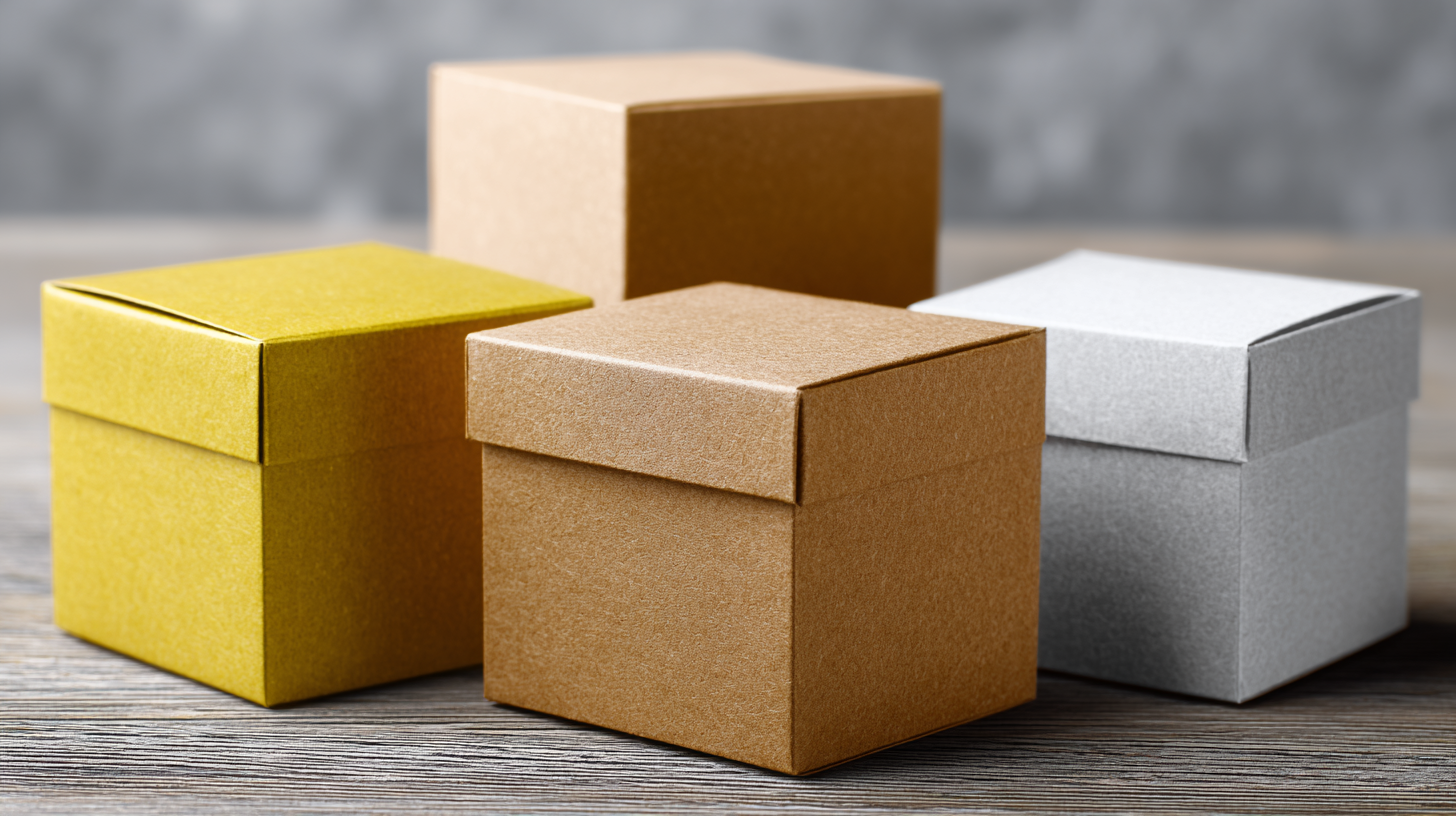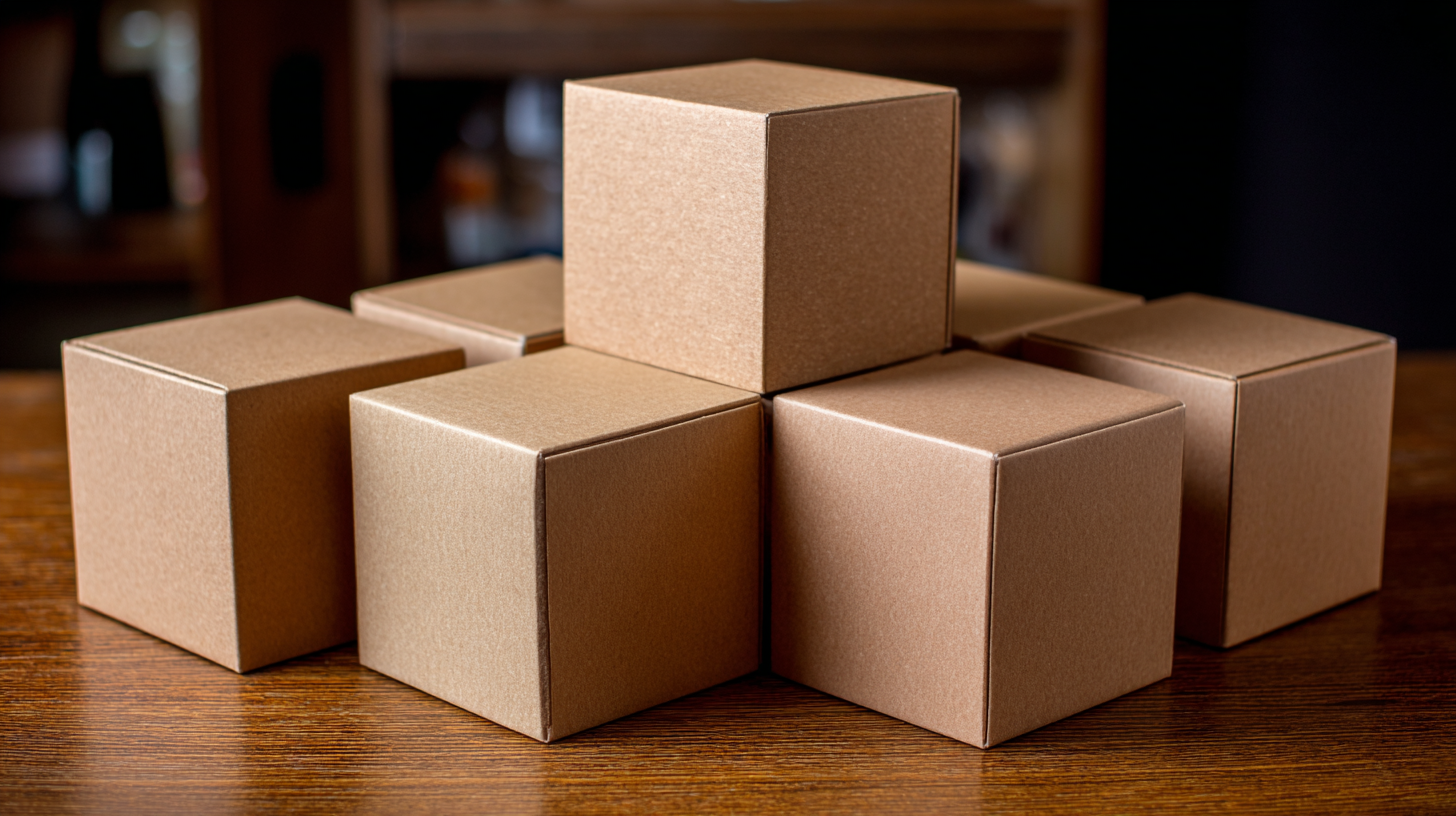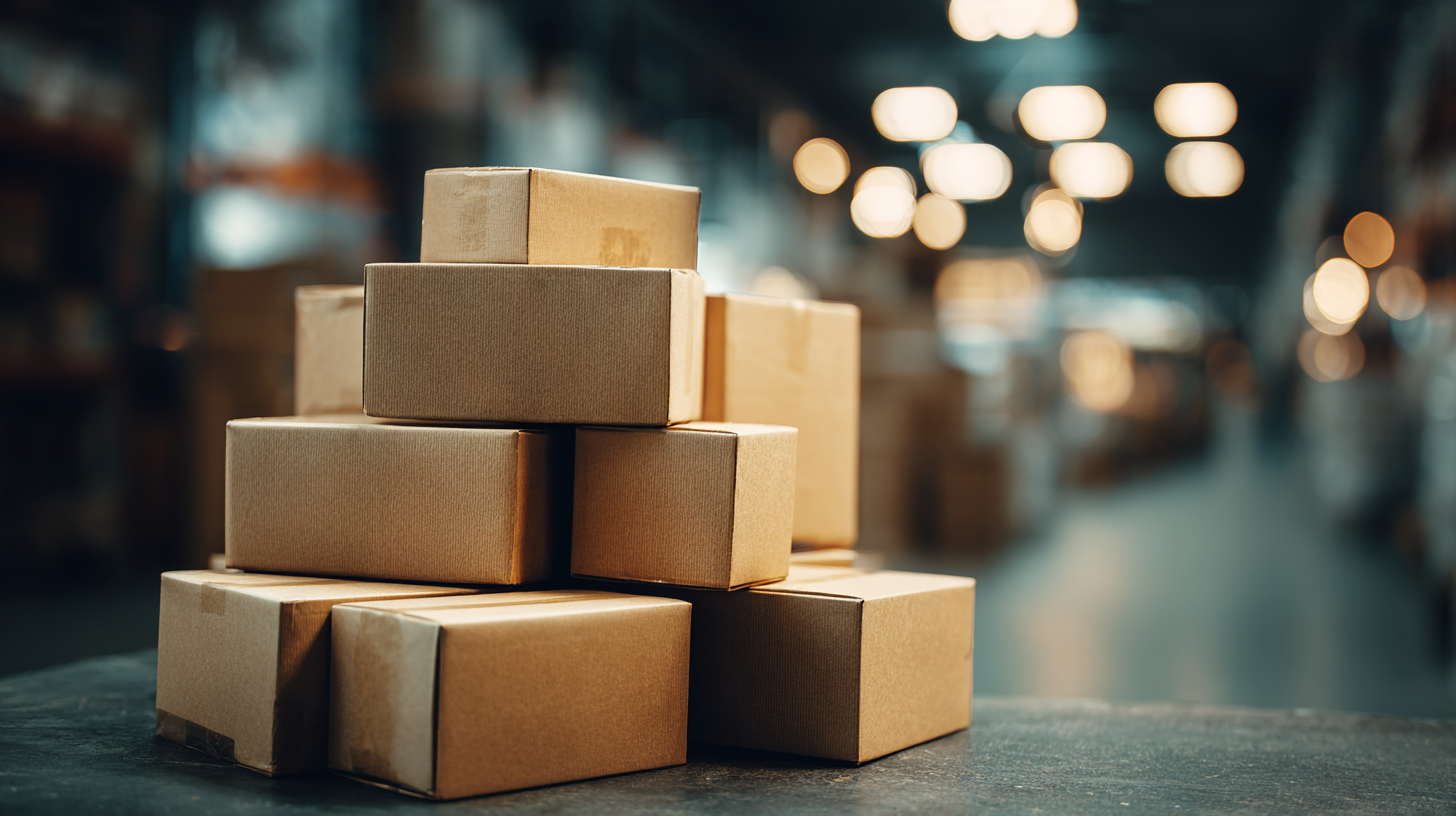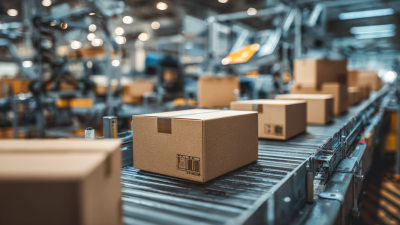In the competitive landscape of product delivery, selecting the appropriate boxes for packaging is crucial for ensuring product integrity and enhancing customer experience. According to a recent report from Smithers Pira, the global market for packaging is projected to reach $1 trillion by 2024, highlighting the significant role of packaging in a product's success.
 Properly chosen boxes for packaging not only protect products during transit but also serve as a critical touchpoint in branding and customer retention strategies. Additionally, a study by the Paper and Packaging Board revealed that 72% of consumers say packaging design influences their purchasing decisions. Therefore, understanding how to choose the right boxes for packaging can not only safeguard goods but also create lasting impressions and drive sales in today's dynamic retail environment.
Properly chosen boxes for packaging not only protect products during transit but also serve as a critical touchpoint in branding and customer retention strategies. Additionally, a study by the Paper and Packaging Board revealed that 72% of consumers say packaging design influences their purchasing decisions. Therefore, understanding how to choose the right boxes for packaging can not only safeguard goods but also create lasting impressions and drive sales in today's dynamic retail environment.
When selecting packaging for your products, understanding your product's unique packaging needs is crucial for success. As the global food packaging market is projected to reach $81.54 billion by 2024 and grow to $122.15 billion by 2032, it’s essential to choose packaging that not only protects your product but also enhances its appeal.
Different types of products require distinct packaging solutions. For instance, the dairy packaging market, which includes bottles, pouches, and cartons, is evolving rapidly as consumers seek convenience and sustainability. The market for paper and cardboard products is on the rise, driven by increasing environmental awareness, making it a viable option for many brands looking to reduce their plastic usage.
**Tips:** When deciding on packaging, consider the following: Evaluate the aesthetic appeal and functional benefits of your packaging. Custom designs can significantly increase consumer interest. Additionally, assess the sustainability aspect—choosing eco-friendly materials can enhance your brand's reputation and align with market trends, especially as the demand for sustainable practices continues to rise across the industry.
When choosing the right boxes for packaging your products, the material options you consider can significantly impact both durability and environmental sustainability. Recent innovations in packaging materials have opened up exciting avenues for eco-friendly packaging solutions. Biodegradable plastics and seaweed-based materials are leading the charge, providing alternatives that not only protect products but also minimize environmental impact. These materials break down more easily in natural environments, reducing the accumulation of waste and enhancing sustainability.
Another promising development in sustainable packaging is the advent of origami-inspired designs. This innovative approach transforms traditional cardboard into functional, robust structures through unique continuous shaping processes. Such designs not only reduce material waste but also enhance the aesthetic appeal of packaging, which can resonate well with consumers increasingly concerned about sustainability. As the market for eco-friendly packaging continues to grow, businesses that adopt these innovative materials and practices will likely find themselves at a competitive advantage, attracting consumers who prioritize sustainability in their purchasing decisions.
When selecting boxes for packaging your products, sizing and shape are crucial elements that directly impact the safety and presentation of your items. The first step is to measure your products accurately. Consider both the dimensions and the weight of the items, as these factors will help determine the appropriate box size. A snug fit offers protection during shipping, but boxes that are too tight can damage items, while excessively large boxes might lead to shifting, increasing the risk of breakage. Utilizing custom sizing options can be beneficial, ensuring that your products are well-supported without unnecessary waste.
In addition to size, the shape of your packaging can enhance the unboxing experience. For oddly shaped items, consider using boxes that can accommodate unique contours to provide a secure fit. Rectangular boxes are versatile and often easiest to stack and store, but for more innovative products, custom shapes can make a striking impression. Special features like cutouts or handles can also add functionality, making your packaging more user-friendly. Ultimately, investing time in choosing the right size and shape will not only protect your products but also promote your brand image effectively.

In today's competitive marketplace, effective design and branding can significantly influence a customer's purchase decision. According to a study by the Paper and Packaging Board, 72% of consumers say that packaging design influences their buying choices. This statistic underscores the importance of creating eye-catching packaging that not only attracts attention but also communicates your brand's identity. Incorporating unique shapes, vibrant colors, and logo placement can all serve to enhance brand recognition and recall.
Furthermore, the sustainability trend in packaging is also shaping design decisions. A report by Smithers Pira indicates that 72% of consumers prefer products with environmentally friendly packaging. Consequently, brands that utilize sustainable materials and innovative designs are not just appealing to eco-conscious consumers but are also positioning themselves as forward-thinking leaders in their industry. Opting for recyclable or biodegradable materials can set your brand apart while aligning with the growing consumer demand for sustainability. By focusing on thoughtful design and branding, companies can create impactful packaging that resonates with consumers and drives sales.
| Dimension | Box Type | Material | Design Features | Branding Opportunities |
|---|---|---|---|---|
| 12"x12"x12" | Cube Box | Corrugated Cardboard | Custom Print, Matte Finish | Logo Embossing, Color Schemes |
| 8"x4"x2" | Gift Box | Thick Art Paper | Glossy Finish, Ribbon Closure | Gift Tag, Custom Labels |
| 10"x6"x4" | Mailer Box | Recycled Cardboard | Tuck Flap, Print on Flaps | QR Codes, Website Links |
| 14"x10"x2" | Flat Box | Kraft Paper | Natural Finish, Print Inside | Handwritten Notes, Stickers |
| 12"x9"x6" | Specialty Box | Plastic with Foam Insert | High-Gloss UV Coating | Limited Edition Tags, Custom Artwork |
 When it comes to packaging your products, cost-effectiveness is key. Striking the right balance between quality and budget can significantly impact your bottom line without compromising your brand image. One essential tip is to assess your product's specific needs. Consider factors such as fragility, weight, and size. Opting for custom-sized boxes can reduce material waste and shipping costs, making your packaging solution more economically viable.
When it comes to packaging your products, cost-effectiveness is key. Striking the right balance between quality and budget can significantly impact your bottom line without compromising your brand image. One essential tip is to assess your product's specific needs. Consider factors such as fragility, weight, and size. Opting for custom-sized boxes can reduce material waste and shipping costs, making your packaging solution more economically viable.
Another crucial aspect is to evaluate your packaging materials. While it might be tempting to go for the cheapest option, investing in quality materials often pays off in the long run. Durability means fewer damaged products and returns, which can save you money. Additionally, look for suppliers that offer bulk pricing or discounts for larger orders to further optimize your budget.
Lastly, don't forget about sustainability. Eco-friendly packaging options might initially seem more expensive, but they can enhance your brand reputation and attract environmentally-conscious consumers. By integrating sustainable practices, you're not only balancing quality and cost but also aligning your brand with the growing demand for responsible consumerism.






